Statistics say that there are more than twenty million people who suffer from peripheral neuropathy. Most doctors claim that this condition doesn’t have any cure so they just prescribe pain medications and anti-depressants to relieve the symptoms.
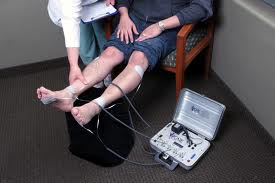

Statistics say that there are more than twenty million people who suffer from peripheral neuropathy. Most doctors claim that this condition doesn’t have any cure so they just prescribe pain medications and anti-depressants to relieve the symptoms.

Finally, at the end part of the first trimester of pregnancy, two more to go! Now that you have arrived the 12th week of pregnancy, you may notice that your body is showing the world, in pride that you are really pregnant. Most women are finally showing their bump at the twelfth month. This bump may not be a big, prominent one, but you and the people around you can finally see the difference. Â Congratulations and celebrate it! Continue reading

An acquired brain injury (ABI) is the impairment of normal brain function due to a neurological insult, such as: open or closed head injuries (traumatic brain injury or T.B.I.), select cerebral vascular lesions (i.e., aneurysm, hemorrhage, brain stem stroke), hypoxic event, intracranial tumor, select neurological diseases (i.e., encephalopathy). Well, that is a technical definition. Not very
satisfying, is it? It’s very impersonal and doesn’t really even begin to answer the question. For something as complex as brain injury, there are no easy definitions or answers. Continue reading
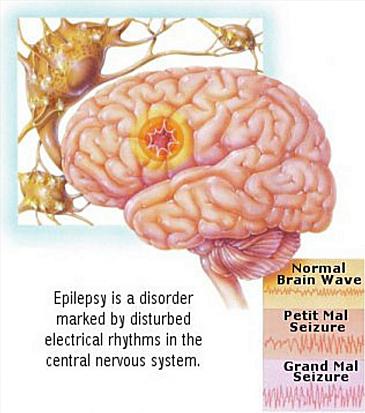
When evaluating a child for staring spells, laboratory tests for metabolic abnormalities or toxic or drug ingestion (especially in older children) may be indicated. If a clear history of the episodic nature of the attacks is obtained, then the EEG can be diagnostic and laboratory tests may not be necessary.
When evaluating a child with a developmental delay, or if the EEG reveals atypical absences, then a full work-up for the underlying cause of a symptomatic generalized epilepsy is indicated. Continue reading
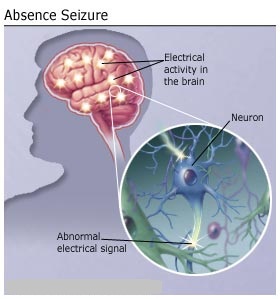
Here’s a typical story:Â Frank, a 7-year-old boy, often “blanks out” anywhere from a few seconds to 20 seconds at a time. During a seizure, Frank doesn’t seem to hear his teacher call his name, he usually blinks repetitively, and his eyes may roll up a bit. During shorter seizures, he just stares. Then he continues on as if nothing happened. Some days Frank has more than 50 of these spells. Continue reading
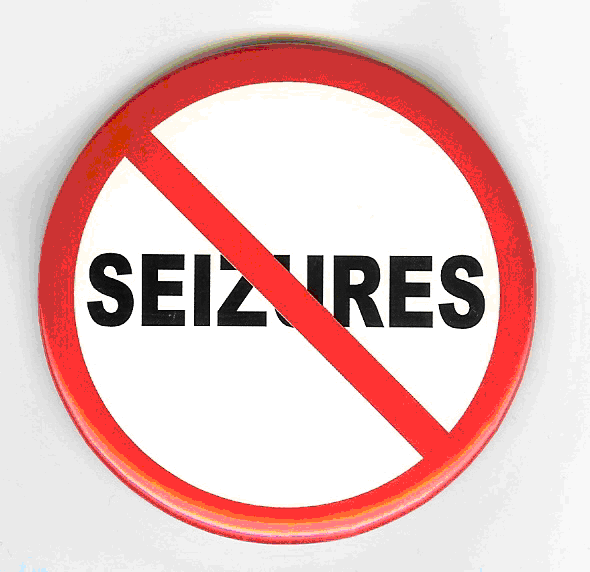
It may be difficult to come to terms with the fact that you or your loved one has epilepsy, and you will probably be asking questions on how or why you have this condition. Try not to dwell too much on this, instead, start to focus on what you can do to better manage your epilepsy. Just making some small changes to the way you manage your epilepsy, could make a significant improvement to day-to-day quality of life. Continue reading
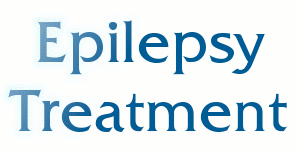
Epilepsy is the most common disorder of the nervous system and affects about 50 million people worldwide. However, in spite of the large numbers of people who have epilepsy, many people with the condition still face prejudice from others, often though lack of knowledge about what having epilepsy really means. Yet more people with epilepsy are realizing they can live, work and enjoy normal relations and be active members of society if their seizures are well controlled. Continue reading
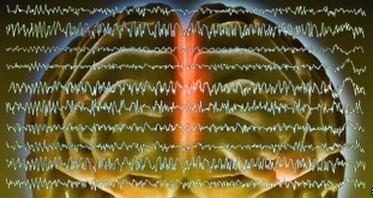
Epilepsy is a disorder of the nervous system that can affect people of any age, sex, race, social class or nationality. Epilepsy can be caused by injury to the brain, due to trauma – such as a car accident or a head injury, a high fever caused by an infection, or as they get older some people develop epilepsy due to vascular disease, strokes, tumors and Alzheimer’s disease. Nonetheless, for many people, the cause of their epilepsy is never known. Continue reading
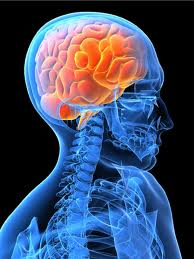
Dystonia disease is the involuntary contraction of the muscle resulting to unmanageable twisting part of the body which is affected. The symptoms of dystonia disease can be mild or serious. It may also hinder with the actions of daily activities. Dystonia disease is divided into two groups, Continue reading

Nasal congestion is usually brought about by upper respiratory tract infections (URTIs) or allergic reactions. Some causes are the extreme weather, viral infections, allergens, and even environmental stressors. These result to inflammation in the nasal cavity, thus congestion that makes it very difficult for you to breathe. Other symptoms like eye puffiness, dark circles around the eyes, itchy nose, runny nose, stuffy nose, sniffles, wheezing, bronchitis, hives, eczema, and asthma tend to accompany nasal congestion.